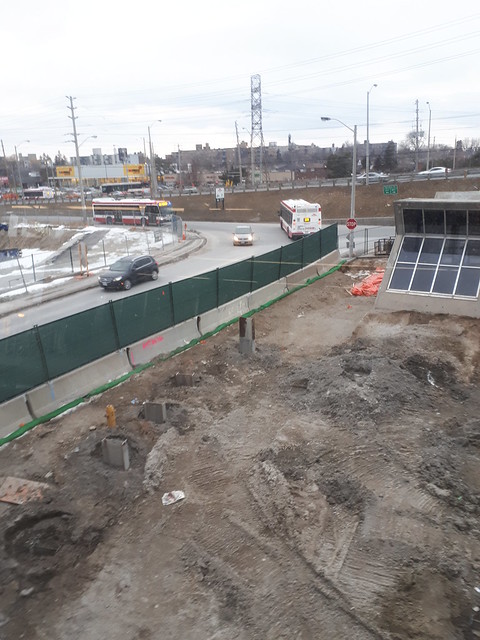Streety McCarface
Senior Member
Classic Canadian can't do attitude. Sorry if my response comes across as a tad abrupt, but I grow tired of Canadians constantly making excuses about why we can't do things that the rest of the world takes for granted. The example given was Tokyo. Toronto gets an average of 2066 hours of sunshine every year compared to Tokyo's 1877. Needless to say Tokyo also has many, many tall buildings. As far as Eglinton goes, most of that corridor is dominated by low and mid-rise buildings. The only place where they're really tall is at Yonge Street.
Another example is London, where the new Blackfriars Station has solar panels built into its roof. London not only has less sunlight than both Toronto and Tokyo (1633 hours), but it's at a higher latitude as well. Same story with the solar tunnel on the HSR line between Antwerp and Amsterdam.
Solar panels are built into a lot of buildings in Ontario, both public and private. I wouldn't be surprised to see them start popping up on top of transit stations too.
I'm not against increasing the use of solar panels for generating electricity. I am all for it but I'd rather see financial resources used wisely. This means placing them in open areas where they can track the sun. With so little money available for transit funding, we can't be spending millions or billions on solar-powered cathedrals in the middle of a highway interchange (I'm looking at you 407 station).
On average, the life span of a transit is about 12 to 18 years. However, electric buses (including trolley buses) have a life span of 30 years. Since we don't have trolley buses (or electric buses at the moment), the TTC will still have to order replacements buses by the time the Crosstown LRT opens.
Does that include battery buses or just trolley buses? I would think the batteries need replacement far more often.










